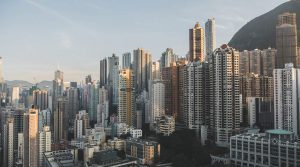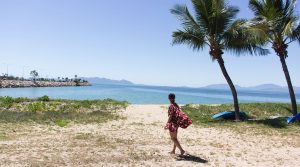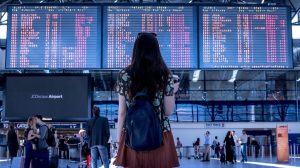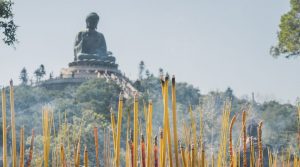Written From… The scathing hot coast of Airlie Beach, Australia
Quito shares in the incredibly tumultuous history of Latin-America: A rich and complex culture born of a mestizaje (a mixing of cultures) runs deep throughout the city. Historic sites in Quito are a reflection of this cultural mix. The city’s most notable churches and administrative buildings are remnants of Spanish colonial rule and, in the case of the latter, monuments to the spirit of liberation. Its Inca and pre-Inca sites are echoes of Ecuador’s Indigenous legacy.
The site where modern day Quito stands has borne witness to two major conquests and a prolonged struggle for liberation. The first of the conquests came from the near south – Cuzco, Peru, within the region known then as Tawantinsuyu (the land of four quarters) – as implacable warriors expanded the mighty empire of the Inca Tupac Yupanki. His successor, son and third Sapa Inca, Wayna Capac, established the empire’s second capital in Quito.
The second major conquest started not in Quito, but in Cajamarca – modern day Peru. 1532 saw the arrival of Francisco Pizarro in Cajamarca, with his band of conquistadors, in search of unabound riches after being inspired by tales of El Dorado. There, Pizzaro and his men hatched a plan to seize the newly crowned emperor Atahualpa. A year later, Atahualpa would be executed..
The consequences of Atahualpa’s death would be dire for the city of Quito. Rumiñahui, a high ranking general, set Quito alight after hearing of Atahualpa’s death, razing it to the ground with the intention of leaving nothing for the Spanish.
Under the auspices of the Catholic church and with the support of the Spanish crown, Spanish conquistadors eventually claimed Quito under the name San Francisco de Quito, later to become the Royal Audience of Quito initially under the viceroyalty of Lima, then under the viceroyalty of New Granada – present day Colombia.
Colonial rule would end in 1822, after which Quito was subsumed under Gran Colombia – a republic formed of present day Panama, Colombia, Ecuador, and Venezuela, with the legendary Simon Bolivar as its first president.
Gran Colombia would eventually end in failure after various internal emancipation struggles, and dissolve, upon which Ecuador would form its own republic, with Quito at its heart and with various sites as treasures of its history and its contemporary significance.
Mount Catequilla
The colonial and neo-colonial paradigms of indigenous cultures places the regions native peoples as living in ‘uninhabited’ lands and in a lasting unhistoried state. This is to say that the native and indigenous peoples of the region were not seen as conscious existential actors in a sophisticated socio-political, geographical, ecological or scientific context. Rather, the natives would be seen as merely passive as grazing cattle.
Such a paradigm is fatally contested by this pre-Inca archaeological site atop mount Catequilla, in the Quito Canton, and lying precisely on the equator. Many visitors would only learn of the obelisk, in the Ciudad Mitad del Mundo, standing on the equator as measured by French scientists in the 18th century – a site which is now known to be over 200 metres from the actual equator.
Pre-Inca cultures pinpointed the equator with a precision that suggests an incredibly adept understanding of celestial movements and with a structure that suggests more than mere passivity.
Rumicucho
Pucará de Rumicucho, north of Quito city, is translated from the indigenous Quechua language as fortress of the stone corner, or stone fortress. The wonderfully preserved walls of the fortress perched on an oblong hill, were used by the Incas for military and logistical purposes, though it is also suggested that the site would have been used for ritual and ceremonial purposes. Archeological research has suggested that the site was also used by pre-Inca natives.
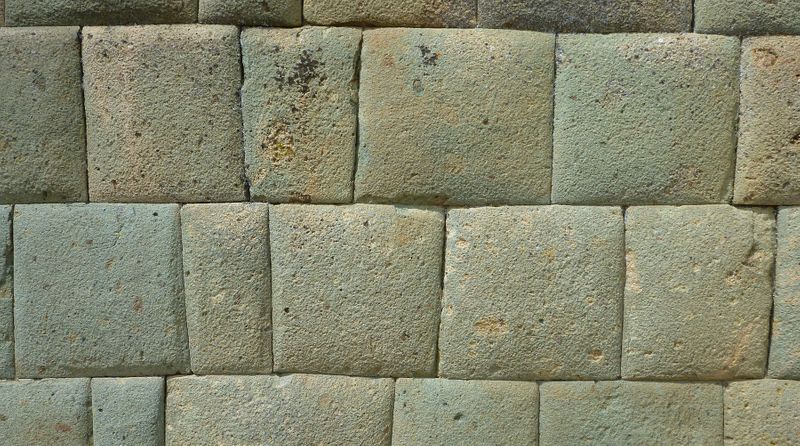
The easiest form of travel to both Rumicucho and Catequilla is a taxi ride from Quito city, or nearby accommodation.
Church and Convent of San Francisco
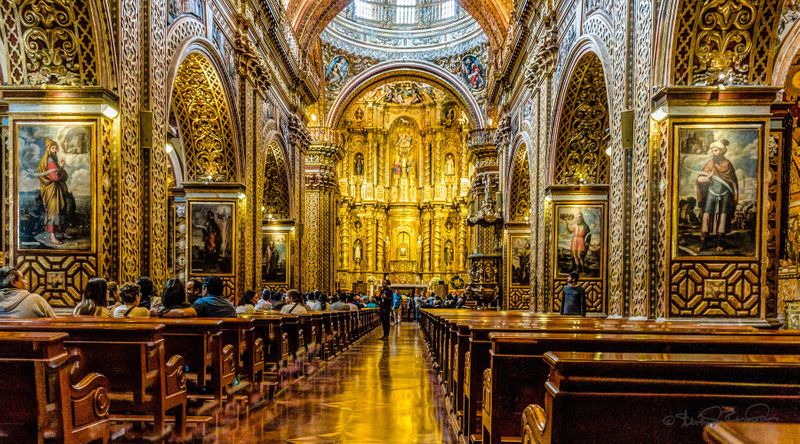
The catholic church played a significant part in the conquest of South America. It was, in part, in the name of Catholicism that colonial proceedings were justified, including the capture and subjugation of the indigenous population. Today, catholicism is the most prominent religion in the region.
The Church of San Francisco, located in the historic centre of Quito is the oldest Judeo-Christian religious site in Ecuador and the first Franciscan monastery built in Latin-America. The year following the conquest of Quito by D. Sebastian de Belalcazar in 1534, the first stones of the monastery and church were set, and the first steps were taken to a now majority catholic nation.
Presidential palace
The Carondelet Palace, on Independence Square in Quito’s historic centre, is the administrative hub of the country. The site has been associated with Spanish colonial administration since the 16th century, following the conquest of Quito.
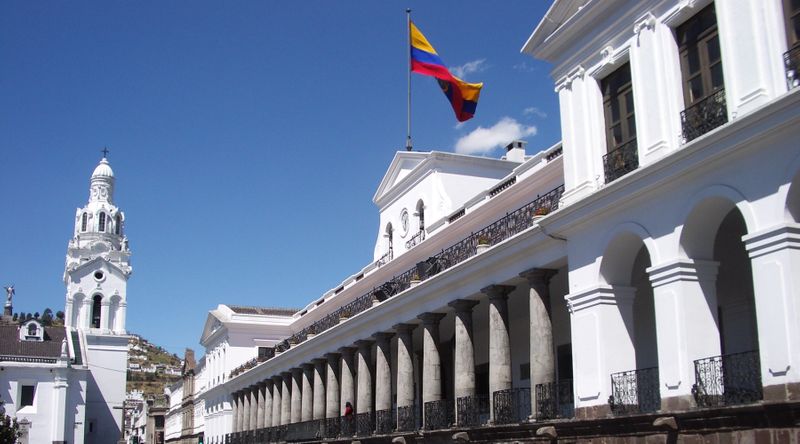
Initially the private property of the Secretary of the Real Audiencia de Quito, the site was acquired by the Spanish crown. The palace was then refurbished to function as the seat of administration under the direction of the president of the Real Audiencia, Baron Luis Héctor de Carondelet, after whom it was named.
Post spanish colonial rule, after the Wars of Independence and the associative merger of Quito with Gran Colombia, the Carondelet Palace became the administrative seat of Gran Colombia’s southern region. The palace remained the seat of government as the Ecuadorian republic emerged. Today, a section of the palace is accessible to the public as a museum.
Calle Espejo
The Napoleonic intervention in the Iberian peninsula, in the 19th Century, would put the Spanish government in turmoil and would force the citizens of Quito to declare the city independent on the 10th August 1809. Failing to gain support from the surrounding regions of Cuenca, Guayaquil and Pasto, the Spanish authorities would squash the movement, capture the conspirators and on the 2nd August 1810, they were massacred.
Quito’s first shout for independence was in fact a movement that would place Quito as Independent with the desired outcome that the removed Spanish monarch Fernando VII be reinstated. Nonetheless it is considered the first ‘cry for independence’.
The massacre of the conspirators would take place in the cuartel of the Real Audiencia, which is now found at the site where the present Museo Alberto Mena Caamaño stands, on Calle Espejo by Independence Square in the historic centre.
San Roque
The massacre of the 1809 conspirators would result in turmoil on the streets of the city in various barrios. The barrios of San Roque, San Blas and San Sebastian would witness the massacre of over 200 citizens at the hands of Royal soldiers and at the orders of the president of the Real Audiencia de Quito.
The barrio of San Roque would incite the Rebellion of the Barrios in the late 18th century, taking a radical stance on independence – full liberation from the crown, whereas the junta of the Creoles wanted regional emancipation from Bogota and Lima not from the Spanish crown.
San Roque is located a couple of minutes from the Presidential Palace and Independence square. The houses of protagonists of rebellion no longer exist and have been replaced by modern housing.
Pichincha
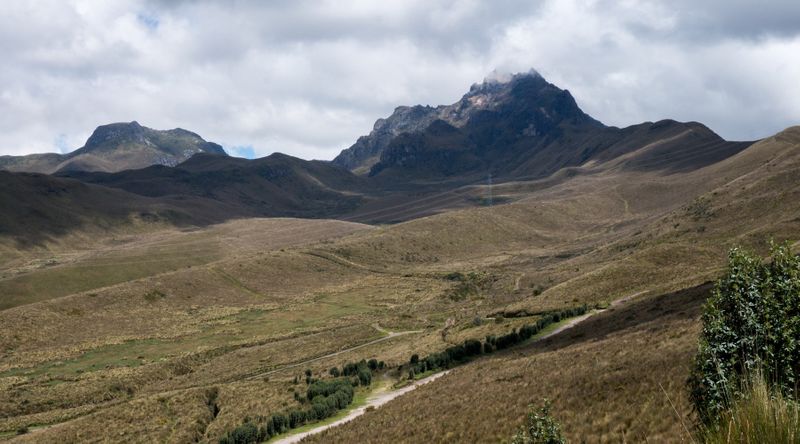
On the 24th May 1822, atop the slopes of the active Pichincha volcano by the city of Quito, rebel forces led by Antonio José de Sucre would confront Spanish royalists in perhaps the most crucial of battles on the continent.
Simon Bolivar – known as El Libertador (the liberator) – had successfully liberated part of New Granada to the north of Quito, and his chief lieutenant Sucre, had battled in the southern regions. Quito remained one of the last Spanish royalist strongholds. The decisive battle was won by the rebel forces and would result in the liberation of Quito, and its merger with the newly formed republic of Gran Colombia.
The Battle of Pichincha now forms is now a part of a collection of various battles in what is known as the Latin American Wars of Independence. A museum commemorating the famous battle, Museo Templo de la Patria can be found south west of Independence square, a 15 or so minute drive.
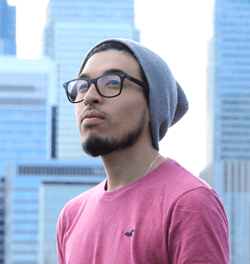
Luis is the Co-founder of Written From. Born in the Andes and moulded by the necessities of migration, the ambiguities of his Latin-American-Western upbringing has found expression in the creation of Written From – at its core: encouraging people to travel and thematically explore culture.
